Sweating on the neck and face may be caused by factors such as high ambient temperature, emotional tension, hyperthyroidism, hyperhidrosis, menopausal syndrome, etc. Excessive sweating can be improved through environmental regulation, psychological intervention, medication treatment, and other methods.

1. High ambient temperature
High temperature environments can stimulate increased secretion of sweat glands, leading to significant sweating in the neck and face. It is a normal physiological phenomenon for the human body to regulate body temperature through sweating during outdoor activities or in enclosed and hot spaces in summer. It is recommended to wear breathable cotton clothing, use a fan or air conditioner to lower the ambient temperature, and wipe dry promptly after sweating to avoid catching a cold.
2. Emotional tension
Anxiety, stress and other emotional fluctuations can activate the sympathetic nervous system, promoting excessive secretion of sweat glands in the local area. Commonly seen in tense situations such as public speeches and exams, manifested as increased sweating on the forehead, nose tip, and other areas. Nervous emotions can be relieved through deep breathing training, mindfulness meditation, and other methods. Severe cases can seek psychological counseling [SEP]. 3. Hyperthyroidism
Excessive secretion of thyroid hormones can accelerate metabolism, leading to symptoms such as fear of heat and excessive sweating, often accompanied by palpitations, hand tremors, weight loss, and other symptoms. Diagnosis needs to be confirmed through thyroid function examination, and doctors may recommend the use of antithyroid drugs such as methimazole or radioactive iodine therapy to control the condition.
4. Primary hyperhidrosis
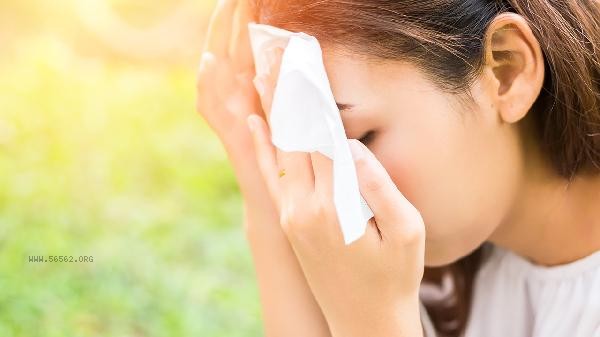
Patients with primary hyperhidrosis have abnormally active sweat gland function and sweat heavily at room temperature, which is more common in the head, face, armpits, and other areas. In clinical practice, aluminum chloride solution can be applied externally to reduce sweat secretion. Severe cases may require treatment such as thoracic sympathetic nerve blockade.
5. Menopausal Syndrome
Women during menopause are prone to paroxysmal hot flashes and sweating due to decreased estrogen levels and autonomic nervous system dysfunction, with more pronounced nighttime symptoms. Maintain a regular daily routine, supplement with plant-based estrogens such as soy products, and if necessary, undergo hormone replacement therapy under the guidance of a doctor.
Daily attention should be paid to keeping the skin clean and dry, and changing clothes promptly after sweating. Avoid spicy and stimulating foods in diet, and drink moderate amounts of diluted salt water to supplement electrolytes. If accompanied by palpitation, emaciation and other symptoms or sweating seriously affect life, it is recommended to seek medical advice as soon as possible to troubleshoot hyperthyroidism, diabetes and other pathological factors. For those who have obvious night sweats, they can choose pillowcases with good breathability and adjust the bedroom temperature to a suitable range.
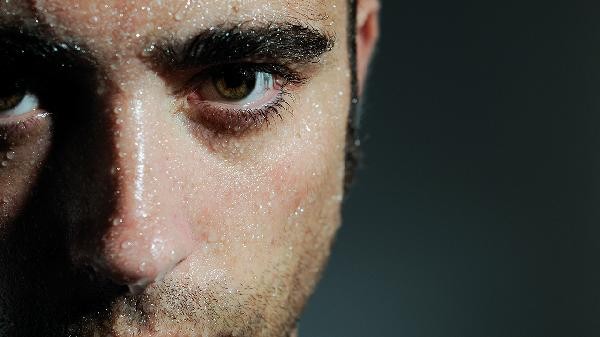

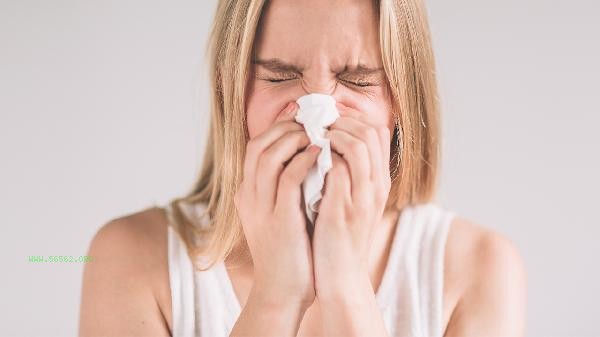
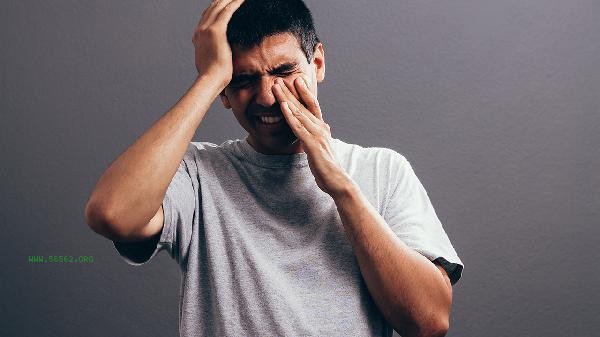
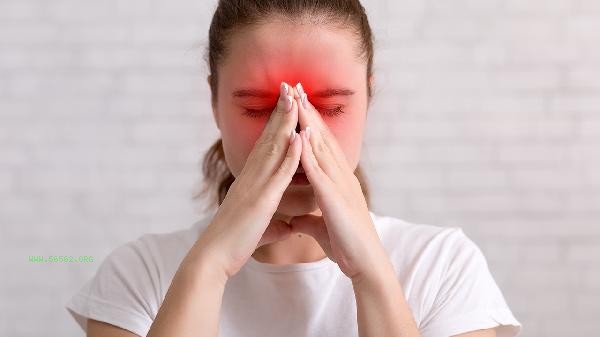
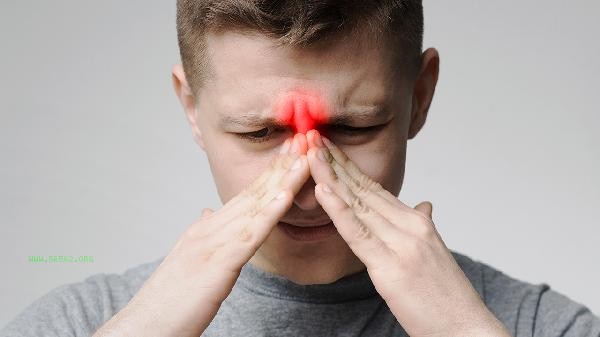
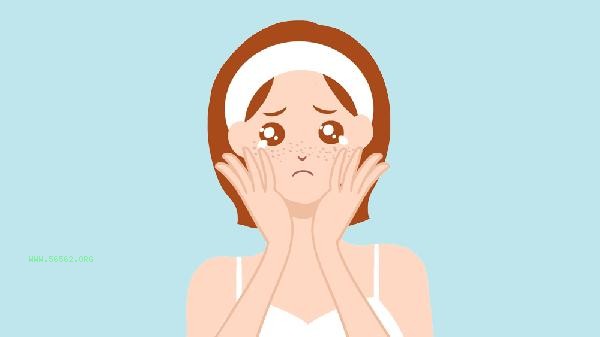


Comments (0)
Leave a Comment
No comments yet
Be the first to share your thoughts!